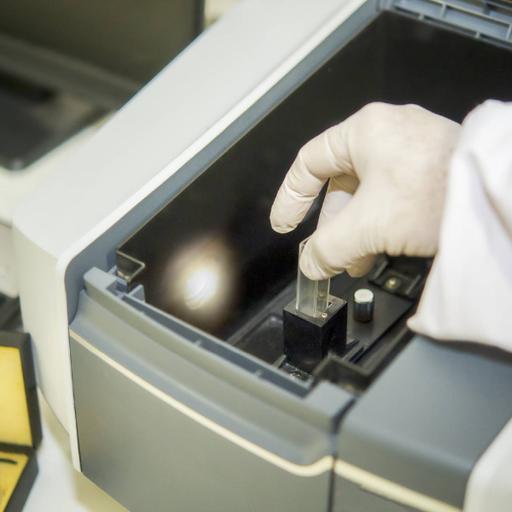Flame Emission Spectroscopy
Presentations | English
Flame emission spectroscopy is a wide spread analytical tool. It is used for research and education for years. The principle is based on the measurement of the emitted light intensity when a metal is introduced into the flame. The wavelength of the color gives information about the element and the color of the flame gives information about the amount of the element present in the sample. Nevertheless, flame emission spectroscopy is widely used for the determination of the alkali elements (lithium, sodium, and potassium), whose excitation states are low enough to be populated at flame temperatures. Higher-energy sources produce higher temperatures and therefore more emission lines.

8.75
Lumens
PPTX (35 Slides)
Flame Emission Spectroscopy
Presentations | English
